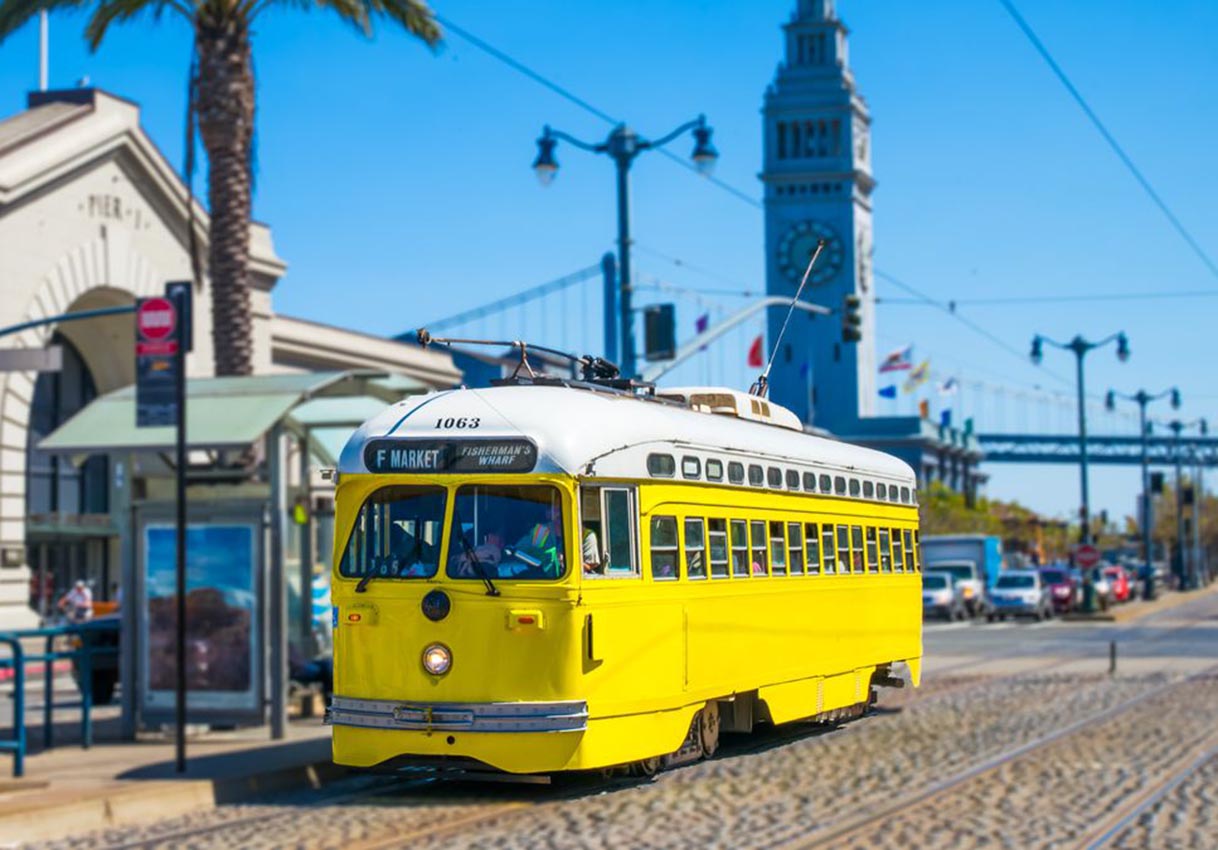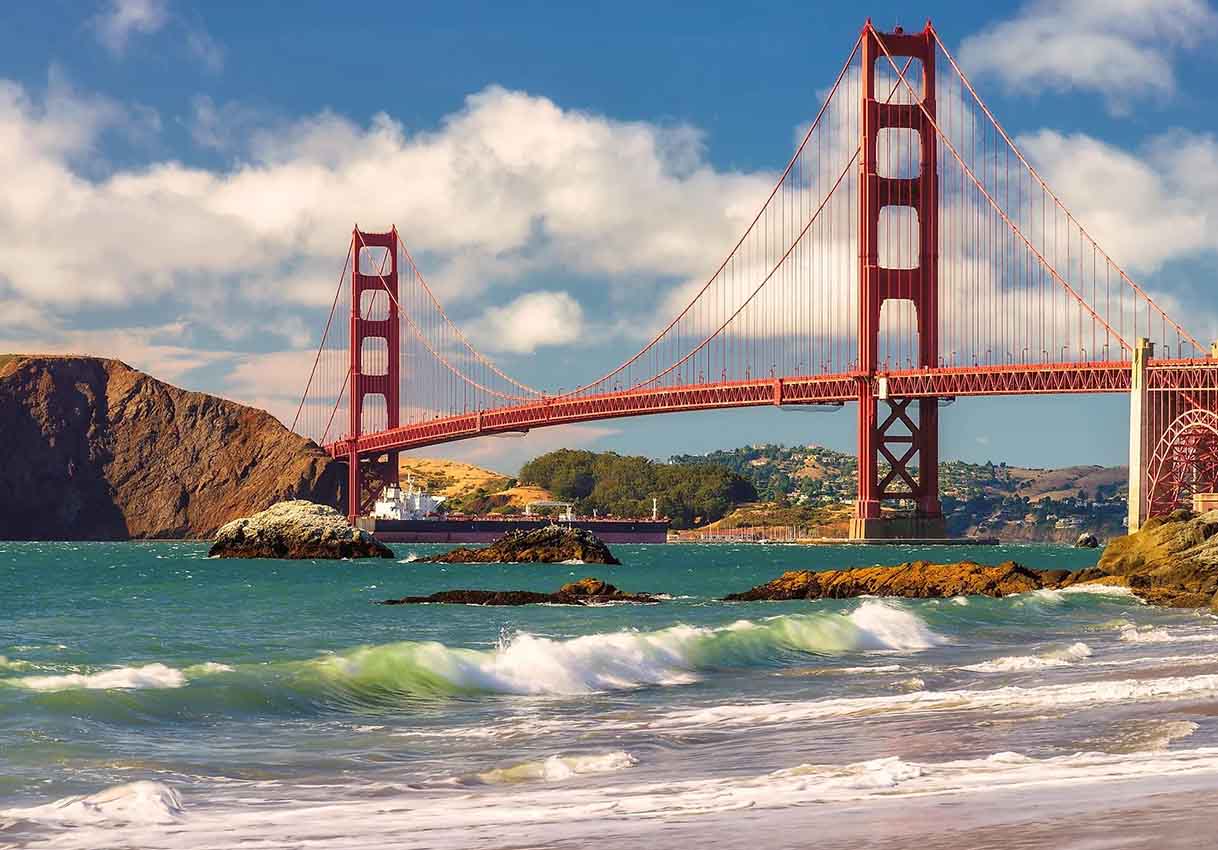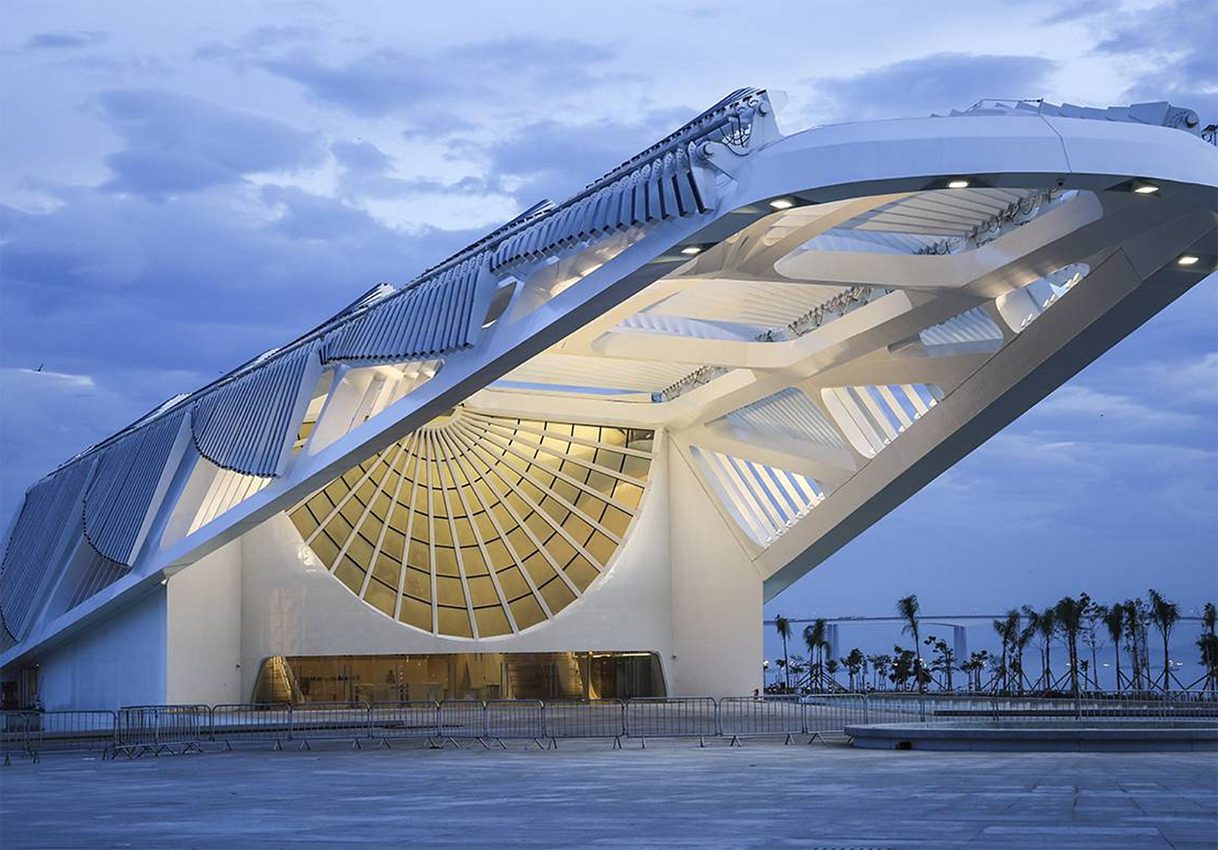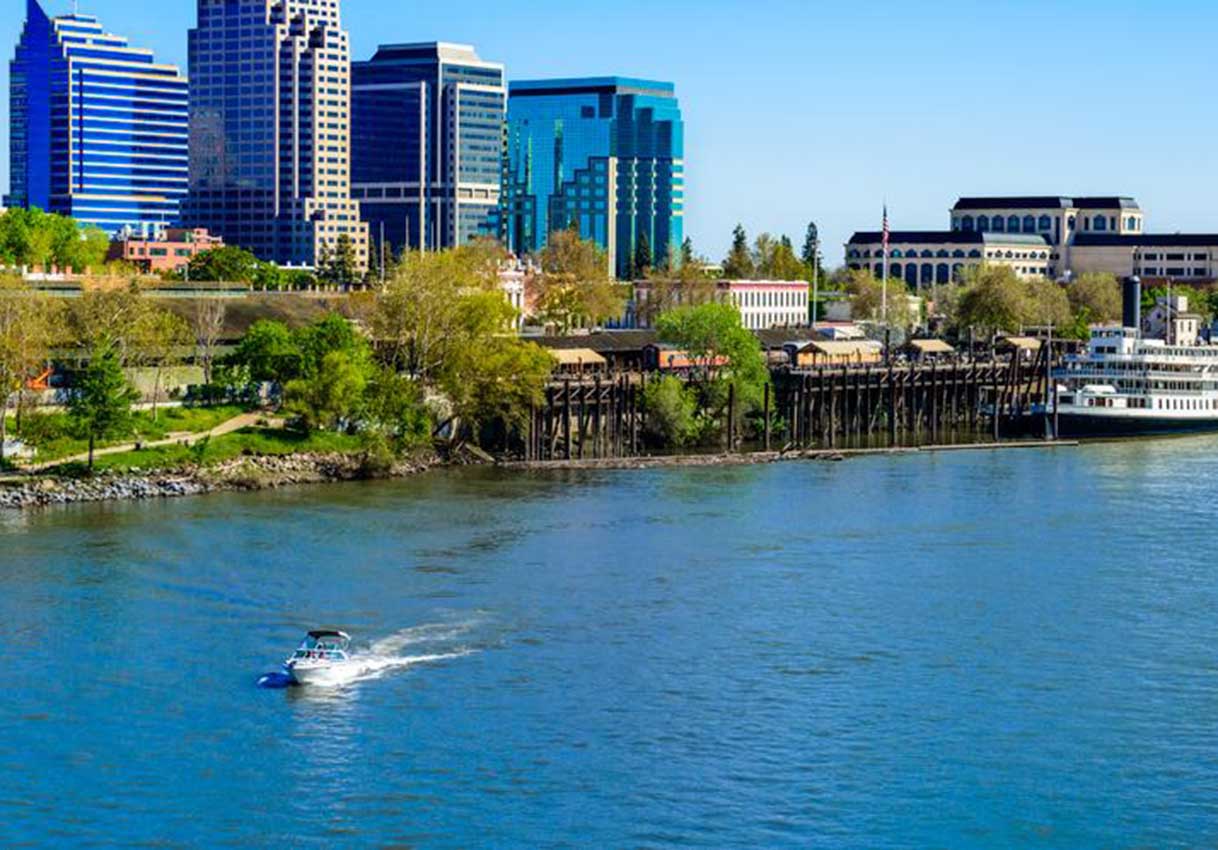San Francisco is one of the most vibrant and exciting cities in the United States, with iconic landmarks, diverse neighborhoods, and breathtaking scenery. Getting around the city efficiently can make a huge difference in exploring everything it has to offer. Public transportation here is unique, offering everything from classic cable cars to an extensive bus and subway system.
Planning this trip was made much easier thanks to Lastminute, a platform that provided a seamless experience for booking accommodations, flights, and even car rentals. Having everything arranged in advance helped focus more on enjoying the city rather than worrying about logistics. Whether it was finding a last-minute hotel deal near Union Square or securing a convenient flight, Lastminute proved to be a valuable tool.
This journey has been an eye-opener when it comes to navigating San Francisco’s transit options. From the moment of arrival at the airport to exploring different districts, every form of transportation had its own quirks and advantages. This guide covers everything learned along the way, ensuring that moving through the city is as smooth as possible.
1. Arriving in San Francisco: Getting From the Airport to the City
San Francisco International Airport (SFO) is about 13 miles south of the city, and there are several ways to reach downtown. The most convenient and affordable option is BART (Bay Area Rapid Transit).
BART trains run directly from the airport to downtown San Francisco. The station is located inside the airport, connected to all terminals via the AirTrain. Tickets can be purchased at the kiosks, and the ride to downtown (Powell Street, Montgomery Street, or Embarcadero stations) takes around 30 minutes. A one-way ticket costs approximately $10. The trains are clean, relatively fast, and a great introduction to the city’s transit system.
Other options include ride-sharing services like Uber and Lyft, which cost between $30 and $50, depending on traffic. Taxis are available but tend to be more expensive. For those with heavy luggage or arriving late at night, these might be better options.
Since accommodation was booked through Lastminute, there was no need to stress about finding a place to stay upon arrival. The platform offered various options, from budget-friendly stays to high-end hotels in prime locations. For those arriving late at night or needing flexibility, it’s a great option for securing a room quickly.
Shuttles and rental cars are also available, and for those planning to explore beyond the city, renting a car through Lastminute makes sense. The platform provides competitive rental car options, making it easy to pick up a vehicle straight from the airport and head to places like Napa Valley or Big Sur.
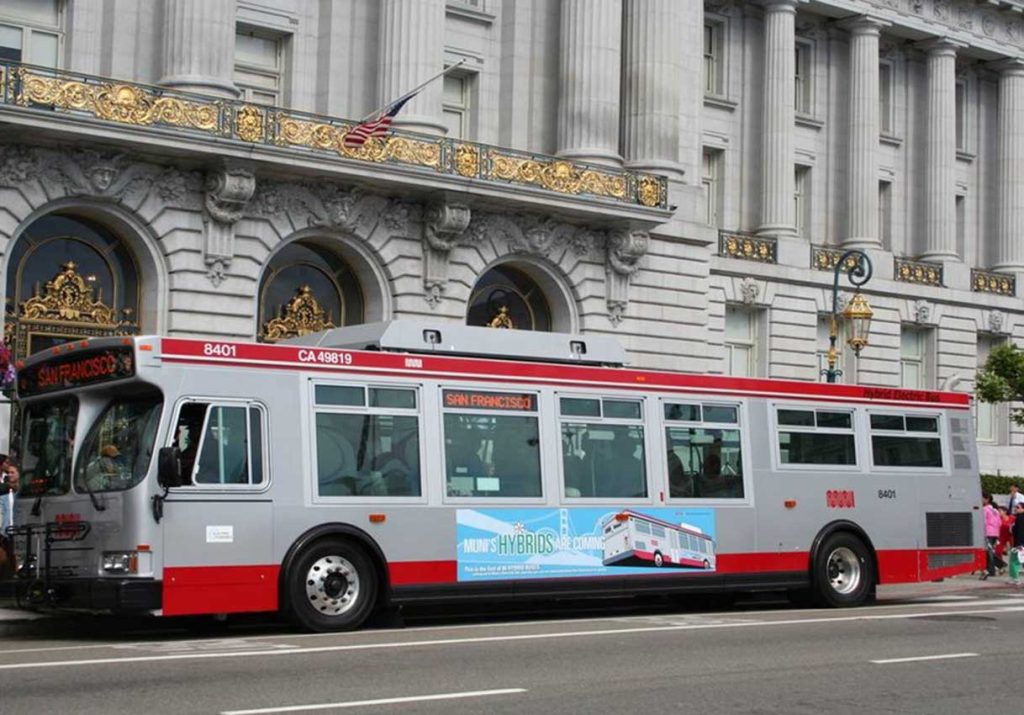
2. Understanding the Muni System: Buses, Metro, and More
San Francisco’s primary public transportation system is Muni, which operates buses, light rail (Muni Metro), and the famous cable cars. Unlike BART, which connects the city to surrounding areas, Muni is the best way to get around within San Francisco itself.
Muni Buses
Buses are the most extensive part of the system, covering every corner of the city. The fare is $2.50 when using a Clipper Card (the city’s all-in-one transit payment card) or MuniMobile, and transfers are valid for 2 hours. Some of the most useful bus routes for sightseeing include:
- 5R Fulton – Great for getting to Golden Gate Park.
- 38R Geary – Travels along Geary Boulevard, useful for reaching Japantown and the Richmond District.
- 30 Stockton – Passes through Chinatown and North Beach, ending near Fisherman’s Wharf.
- 7 Haight/Noriega – Takes passengers from downtown to the famous Haight-Ashbury neighborhood.
Buses can get crowded during peak hours, but they’re reliable. Google Maps and the Transit app make it easy to check real-time arrivals.
Muni Metro (Light Rail)
Muni Metro consists of several underground and surface-level light rail lines. These are different from BART, as they operate more like streetcars in some parts of the city. The major lines include:
- N-Judah – One of the busiest lines, traveling from downtown to Ocean Beach.
- L-Taraval – Great for reaching the Sunset District.
- K-Ingleside/T-Third Street – Serves southern San Francisco, including Oracle Park and the Bayview neighborhood.
Fares for Muni Metro are the same as buses: $2.50 with a Clipper Card or MuniMobile. Trains are more reliable than buses during rush hours, especially downtown.
3. The Legendary Cable Cars: A Must-Try Experience
No trip to San Francisco is complete without riding the historic cable cars. These are more of a tourist attraction than a practical mode of transport, but they’re an experience worth having. There are three main lines:
- Powell-Hyde Line – The most scenic route, traveling from Union Square to Fisherman’s Wharf, passing by Lombard Street.
- Powell-Mason Line – Similar to the Powell-Hyde but with a slightly different path through North Beach.
- California Street Line – Less crowded and more frequently used by locals, running through the Financial District and Nob Hill.
Fares are $8 per ride, but an unlimited day pass ($13) is available and can be purchased via the MuniMobile app or at kiosks near the cable car turnarounds.
Since Lastminute also offers accommodation deals near the cable car routes, it was easy to book a stay within walking distance of the Powell Street turnaround, making early morning rides much more convenient.
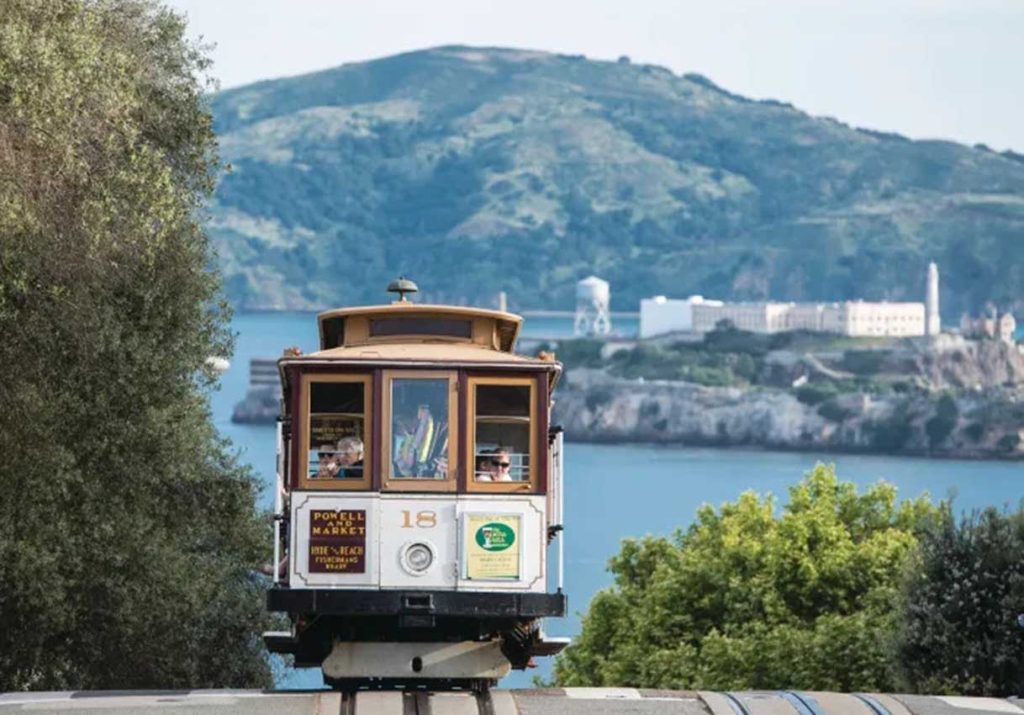
4. Alternative Transportation: Ferries, Bikes, and Walking
For those looking for different ways to explore, San Francisco has ferries, bike rentals, and walkable streets that make getting around fun.
Ferries
Ferries are a scenic way to travel, especially for visiting Alcatraz or Sausalito. They depart from the Ferry Building, and round-trip tickets vary depending on the destination.
Using Lastminute made it easy to book an Alcatraz tour in advance, ensuring there was no last-minute disappointment.
Biking Around the City
San Francisco has a bike-share system called Bay Wheels, which is great for short rides. The most popular cycling route is across the Golden Gate Bridge to Sausalito, where many return by ferry. The city has steep hills, so electric bikes are a good option.
5. Tips for Using Public Transportation Like a Local
- Get a Clipper Card – This rechargeable card works on BART, Muni, cable cars, and even ferries.
- Download the Right Apps – MuniMobile for purchasing tickets, Google Maps or Transit for route planning, and Clipper for managing fares.
- Avoid Rush Hour – BART and Muni trains can get packed between 7-9 AM and 5-7 PM.
- Watch for Pickpockets – Especially in crowded areas like Powell Street Station and on cable cars.
- Know When to Walk – Some areas are faster to walk, especially downtown where traffic slows down buses.
Having used Lastminute to plan flights, accommodation, and even car rentals, navigating San Francisco was much easier. Whether it was finding a last-minute deal on a hotel close to public transit or renting a car for a day trip, the platform helped make everything smooth and hassle-free.
